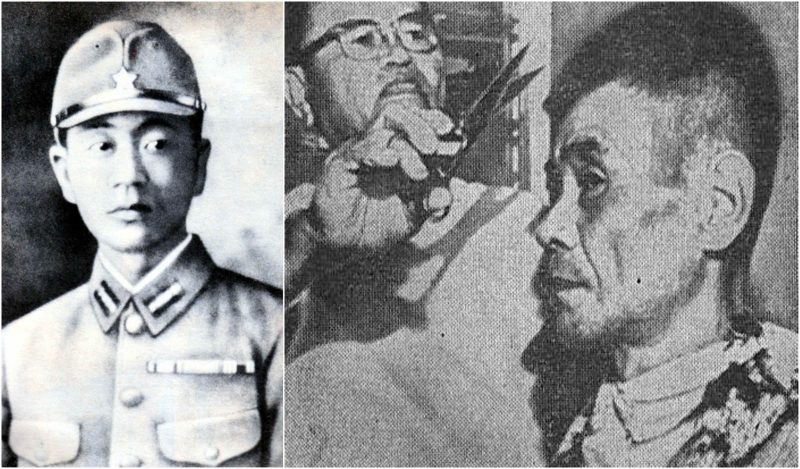One evening in 1972 two men, Jesus Dueñas and Manuel De Gracia, were setting up their traps for shrimps along the river of Talofofo. Then out of nowhere, they were attacked by a man that they previously assumed was a local villager. They never imagined that the man was a soldier from WWII, still hiding in the jungle and that the reason for his aggressive behavior was that he felt his life was in danger. However, they took the man out of the jungle to one of the villages nearby.
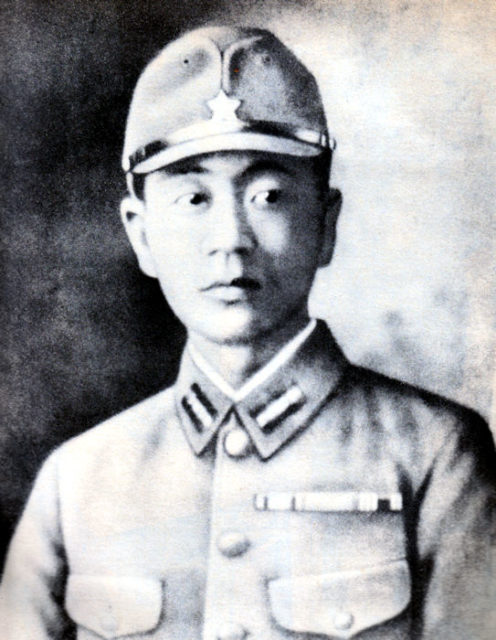
Hence, the truth was revealed: the man was a Japanese soldier, Shoichi Yokoi, who first served with the 29th Infantry Division in Manchuria and was then transferred to the 38th Regiment in the Mariana Islands. He arrived on Guam in February 1943 and was still there in 1944 when the Americans captured the island. During the Battle of Guam, Yokoi escaped along with nine other Japanese soldiers into the jungle.
Apparently, seven of the soldiers left the jungle while three of them stayed. The three men unintentionally started living in the jungle and stayed there for almost 30 years. They all lived separately but regularly visited each other, just as true neighbors do. Unfortunately, Yokoi’s friends died in a flood in 1964, so for eight years he remained alone in the jungle.
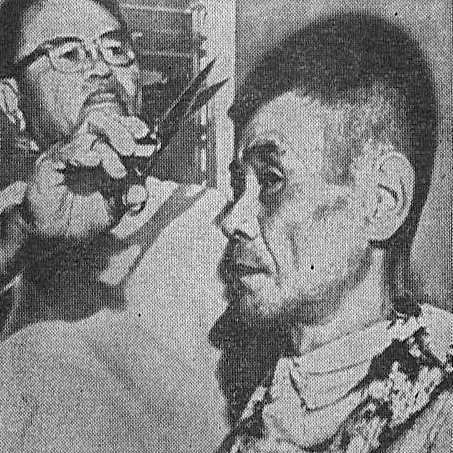
The most interesting thing is that when Yokoi was captured he said that he was aware that the war was over since 1954, but he was too ashamed to return. The Japanese soldiers were taught that it is more honorable to die than to be captured by the enemy. His words when he returned to Japan became a popular saying in the country: “It is with much embarrassment, but I have returned.”
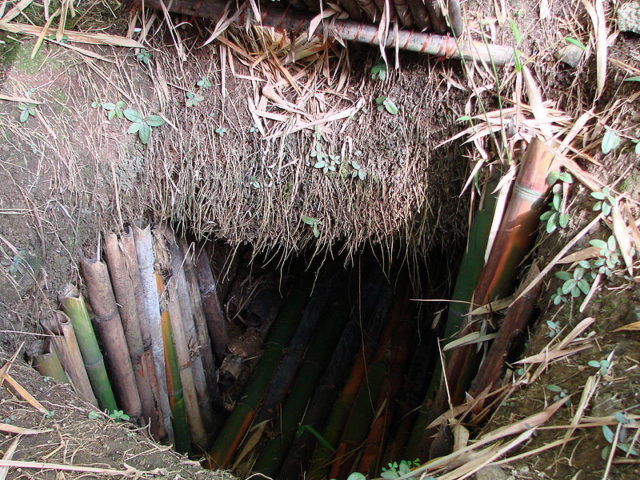
Also, when he returned home, he addressed Emperor Hirohito even though he never met him: “Your Majesty, I have returned home … I deeply regret that I could not serve you well. The world has certainly changed, but my determination to serve you will never change.”
Yokoi was one of the three soldiers who surrendered 30 years after the war ended. After him, there were Hiroo Onoda and Teruo Nakamura.
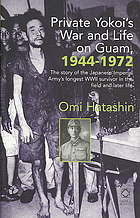
After Yokoi came back home, he got married and became a popular television personality and also an advocate of austere living. There was 1977 documentary about him, Yokoi and His Twenty-Eight Years of Secret Life on Guam, and he also wrote an autobiography about his life in the jungle.
Yokoi died in 1997 of a heart attack at the age of 82.
